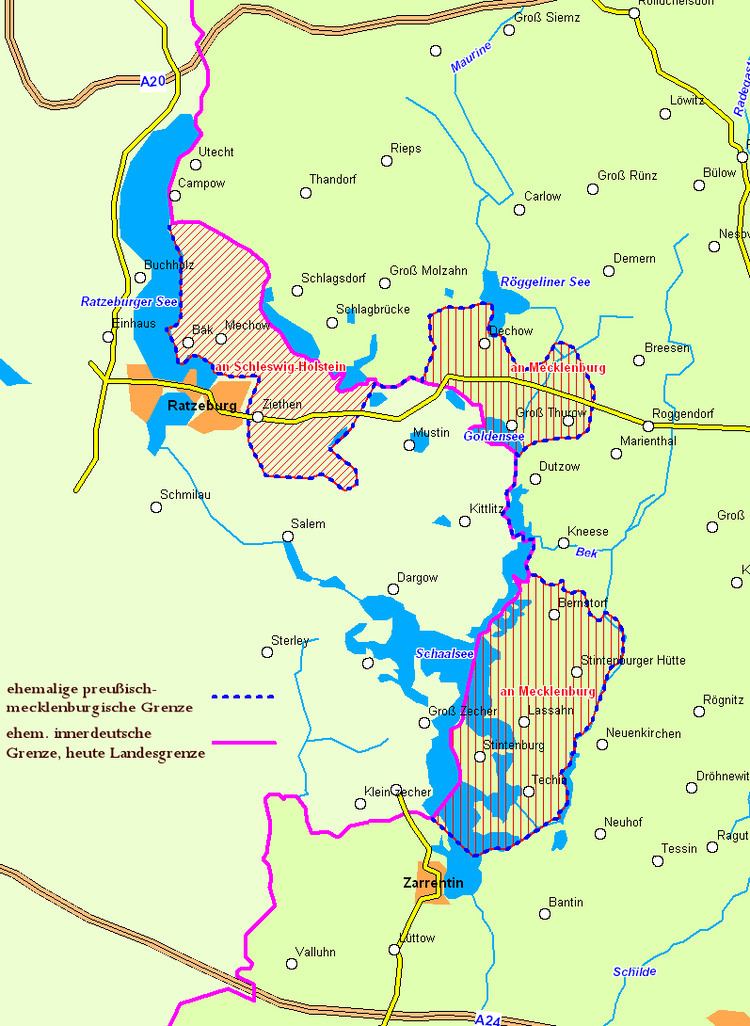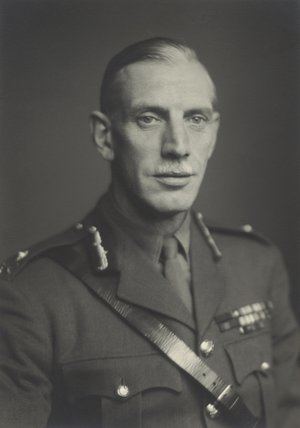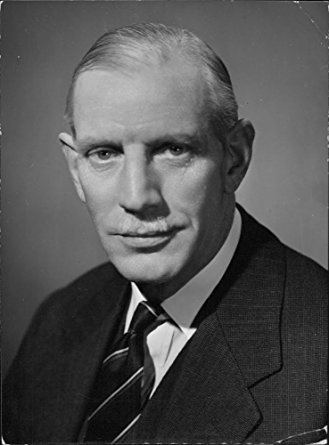Nickname(s) "Tiny" Died May 5, 1964 Allegiance United Kingdom | Years of service 1916–1955 Rank Lieutenant-general Name Colin Barber | |
 | ||
Born 27 June 1897Birkenhead, England ( 1897-06-27 ) Commands held Scottish Command15th (Scottish) Division46th (Highland) Infantry Brigade Battles/wars First World WarNorth-West FrontierArab revolt in PalestineSecond World WarBattle of FranceOperation OverlordOperation Veritable Awards Knight Commander of the Order of the British EmpireCompanion of the Order of the BathDistinguished Service Order & BarMentioned in Despatches (5)Commander of the Order of the Crown (Belgium)Croix de Guerre (Belgium) Similar People William Coltman, Jon Latimer, Gerald Grosvenor - 6th Duke, Robert Fergusson, Benjamin Bell | ||
Lieutenant General Sir Colin Muir Barber & Bar (27 June 1897 – 5 May 1964) was a senior British Army officer who fought in both World War I and World War II where he commanded the 15th (Scottish) Infantry Division during their actions across Northwest Europe, from August 1944 until Victory in Europe Day in May 1945. Barber was reputed to be the tallest officer in the British Army (at 6 ft 9 in (2.06 m)), and thus earned the ironic nickname "Tiny".
Contents
- Early life and military career
- Between the wars
- World War II
- Postwar
- Barber Lyashchenko Agreement
- References

Early life and military career

Born in Birkenhead, Cheshire on 27 June 1897, the son of John Barber, Colin Barber was educated at Uppingham School. During World War I and served with the British Army's Liverpool Scottish in France and Belgium. In March 1918, he was commissioned as a second lieutenant into the Queen's Own Cameron Highlanders, continuing to serve in France and Belgium with the 1st Battalion until the end of the war.
Between the wars
Barber continued to serve in the army during the interwar period 1919–1939, serving in India. He was mentioned in dispatches in 1925 for service in Waziristan and he attended the Staff College, Quetta in 1929 (from where he graduated with distinction). On his return to Britain, he had several staff appointments, mainly within the British Army's Scottish Command. In 1936, after a brief posting to Palestine, he was appointed to the General Staff as a General Staff Officer 2 (GSO2).
World War II
In 1940, during World War II, he was with the 51st (Highland) Infantry Division of the British Expeditionary Force (BEF) in France, where he commanded the 4th Battalion, Cameron Highlanders, and was awarded the Distinguished Service Order (DSO) and mentioned in dispatches.
From March 1941 Barber returned to the General Staff as a GSO1, until taking command, in October, of the 46th (Highland) Infantry Brigade, leading it through the Battle of Normandy in the summer of 1944. From August 1944 Barber, as an acting major general, commanded the 15th (Scottish) Infantry Division for the remainder of the campaign in north-west Europe. In this campaign, the 15th Division had the distinction to lead the three great river crossings of the Seine, the Rhine and the Elbe and Barber was awarded the bar to his DSO.
Postwar
After the war Barbour commanded Highland District (Scottish Command) between 1946 and 1949 when he became Director of Infantry & Military Training, War Office. Barber was promoted to lieutenant general on 27 February 1952 and made General Officer Commanding-in-Chief (GOC-in-C) of Scottish Command and Governor of Edinburgh Castle. He retired from the army on 28 March 1955.
Lieutenant General Sir Colin Barber died on 5 May 1964. A memorial service was held at Canongate Kirk (The Kirk of Holyroodhouse) on 22 May 1964. There is a memorial plaque for Lieutenant General Barber, as a commander in the 15th (Scottish) Infantry Division that liberated Tourville in June 1944.
He was married twice, first, in 1929, to Mary Edith Nixon. The couple had a son and a daughter; Mary died in 1949. His second wife was Mrs Anthony Milburn.
Barber Lyashchenko Agreement
On 13 November 1945 Barber and the Soviet major-general Nikolay Grigoryevich Lyashchenko (Russian: Николай Григорьевич Лященко) signed the Barber Lyashchenko Agreement ((in German), also Gadebusch Agreement) in Gadebusch, redeploying some municipalities along the northern border between the Soviet and British zone of Allied-occupied Germany. Thus some eastern suburbs of Ratzeburg, such as Ziethen in Lauenburg, Mechow, Bäk and Römnitz became part of the Duchy of Lauenburg District (British zone), while the Lauenburgian municipalities of Dechow, Groß and Klein Thurow (now component parts of Roggendorf) as well as Lassahn (now a component part of Zarrentin am Schaalsee) were ceded to the adjacent Mecklenburgian district (Soviet zone). The redeployment was accomplished on 26 November, the respective occupational forces had to withdraw until 28 November to their new zonal territory. The British occupational forces provided all the inhabitants of villages to be ceded to the Soviet zone to be evacuated, if they wished so, including all their chattels by vehicles provided by the British forces. All displaced people (usually formerly forced labourers under the prior Nazi rule) in these villages and other eventual foreigners – except of Soviet citizens among them – were obligatorily to be relocated, while Soviet displaced people would have to stay.
